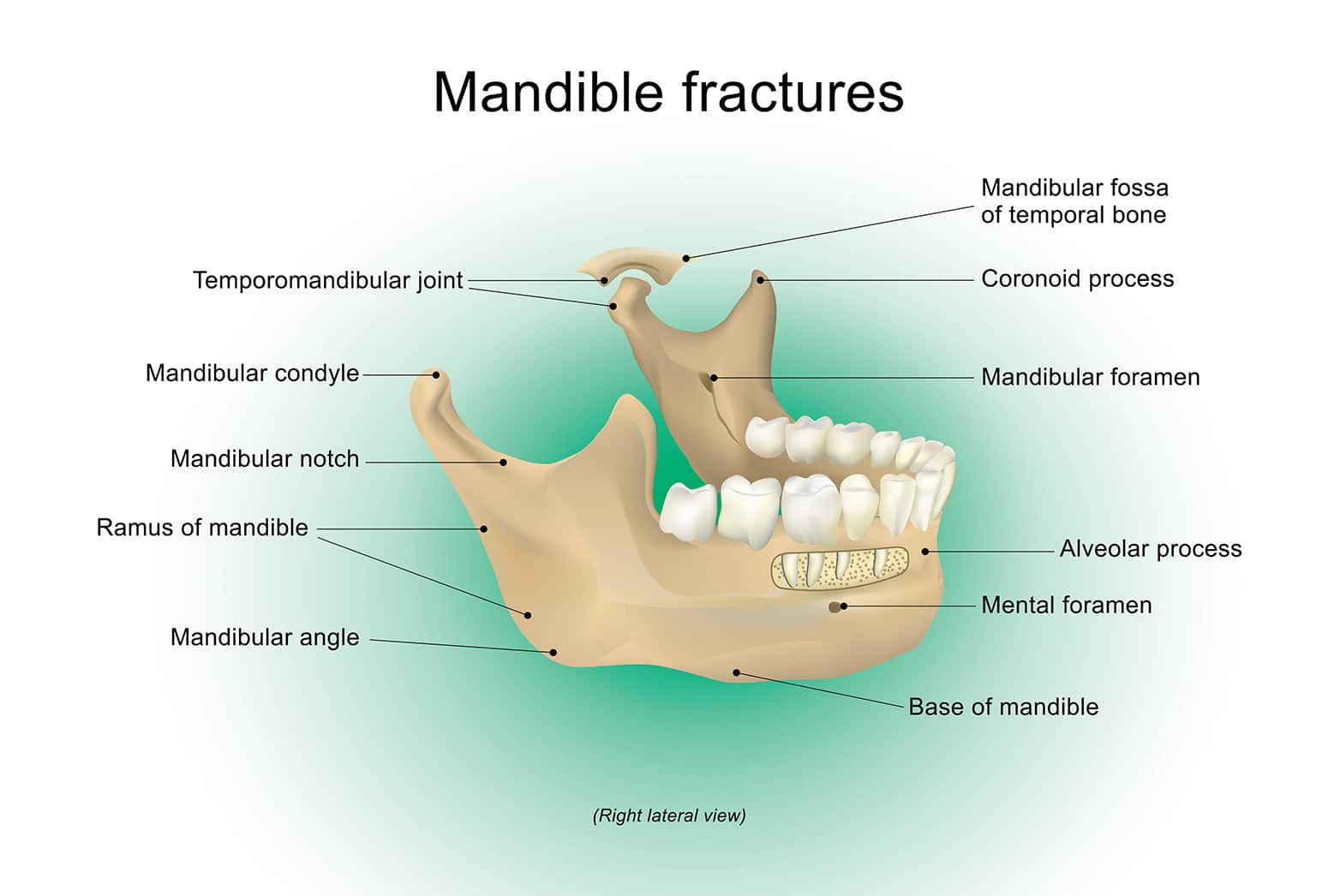TMJ disorders, also known as temporomandibular disorder (TMD), refer to a cluster of dysfunctions that affect the temporomandibular joint (TMJ), located at the back of the jaw behind the ears. For more info on what TMD is, check out our blog.
The TMJ is primarily responsible for facial movement - such as smiling, yawning, and chewing - and TMJ disorders frequently occur when this joint is overstimulated, such as through teeth grinding, jaw clenching, and trauma.
Sufferers often experience pain and discomfort around the head and neck which can develop into chronic pain and further complications, including tinnitus. Fortunately, there are many treatments available that a TMJ dentist can perform. These range from simple jaw exercises and painkillers to surgical procedures.

Non-surgical TMJ treatments
Most TMJ disorders are mild and often disappear by themselves with time. As such, there are many non-surgical treatments available.
A doctor or dentist will often prescribe pain relief medication and recommend simple jaw exercises, giving patients the capabilities to treat their TMD autonomously. Self-medication is the preferred treatment for a number of medical professionals and sufferers alike, as these methods are easy, non-invasive, and effective.
Dentists also offer soft splints to help reduce teeth grinding during sleep. Your dentist will make an impression of your lower teeth and fashion a soft retainer for you to wear at night, alleviating the effects of jaw clenching and teeth grinding in your sleep.
More TMJ treatments
Doctors and dentists will mostly recommend non-surgical treatments, but for sufferers with more severe symptoms, there are surgical procedures available. Fortunately, surgical procedures are used as a last resort and are often unrequired.
Botox is one form of treatment that is becoming increasingly popular, due to recent research indicating its benefits to TMD sufferers. An injection of botox can relax the facial muscles and alleviate strain on the jaw, ultimately helping to ease the pain.
Dentists can also provide bite realignment operations, also known as occlusal adjustment. These procedures involve drilling the teeth enamel so that the upper bite can fit over the lower teeth in a more harmonious manner.
Other surgical procedures arthroscopy, disc realignment surgery, or joint replacement. However, these are reserved for extreme cases of TMJ disorder.
When should I consider TMJ surgery?
TMJ surgery should only be considered when all other treatments fail or are unavailable. Luckily, most people find that non-surgical treatments work well, such as painkillers and jaw movement exercises.
If your TMD is severely affecting your life, you may want to consider surgery. This could involve excruciating pain that affects your everyday life, or if your jaw has begun to deteriorate due to serious health complications like genetic dispositions.
If you are considering surgery, you should contact your dentist or oral surgeon for advice and guidance.
Are there alternative TMJ treatments available?
Alternative treatments for TMJ disorder are available for those who want to try a different method. In most cases, however, a sufferer will only experience temporary relief with these treatments, as the TMD will not disappear until the root of the problem has been found.
Nevertheless, some patients find value in the alternative treatments listed below.
Relaxation techniques
In some cases, massage therapy can provide instant and effective pain relief for TMD sufferers. However, this relief is often short-lived and won’t solve the problem completely.
A dentist might refer you to a psychiatrist if you experience a particularly stressful lifestyle. This can help ease your everyday anxieties that may be aggravating your TMD. Some patients find that by reducing their daily stress, their pain becomes more tolerable.
Acupuncture
Some TMD sufferers turn to acupuncture as a form of pain relief. While there is evidence to suggest acupuncture provides short-term pain relief, there is little to suggest that acupuncture can completely cure or treat TMD in the long term.
Nevertheless, there are no negative effects that emerge as a result of using acupuncture to treat TMJ disorders. As such, many people use acupuncture as an effective addition to other TMD treatment.
Biofeedback
Biofeedback relates to the self-awareness and self-regulation of your body and its workings. By being aware of your jaw and taking corrective action, you can reduce the effects of your TMD easily and without the need for medical attention.
Actively unclenching your jaw and avoiding biting your nails are two examples of how biofeedback can be used to alleviate TMD.
To learn more about our TMJ treatments, or to schedule an appointment, contact Toorak Dental Studio today. We look forward to helping you achieve a healthy, beautiful smile!

